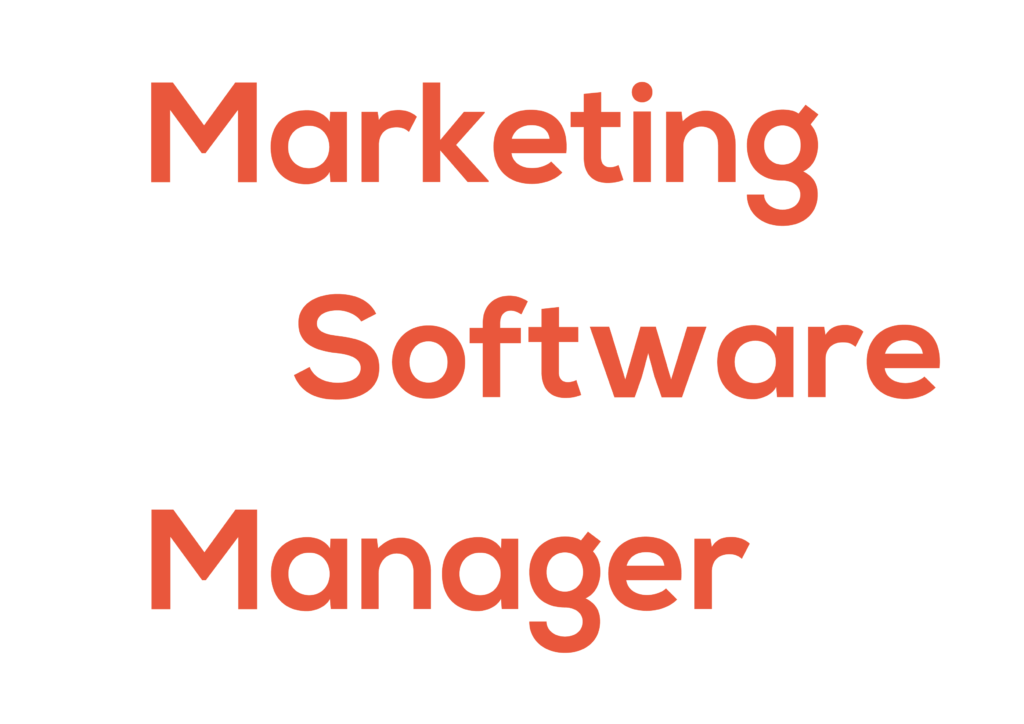Just what is SEO?!
You’ve likely heard the acronym bandied about marketing meeting rooms or on business forums. No doubt you’ve likely received dozens of spammy-looking emails from people claiming they’re so good at SEO they can get you on page one of Google for all your most important search terms too – for the princely sum of £10 and a cup of coffee a month.
But what is SEO really? Is it just about getting on page one of Google? And if so, how do you even do that? Don’t you just ring up Google or spend some money on AdWords?
Let’s start with the basics:
FYI, some links in this article may be an affiliate link. If you do decide to make a purchase, we may receive a small commission as a result – at no cost to you. This helps us continue to run the website.
What does SEO mean?
SEO stands for search engine optimisation. It describes a group of tactics and activities that aim to help a website rank better within search results, typically Google where the majority of Western search traffic in particular exists.
But when you ask ‘what is SEO?’, whilst the above describes what the acronym itself stands for, the variety of work and understanding to really get to grasps with search engine optimisation is wide-ranging and ever-changing. It’s why truly great SEO specialists earn big bucks, and the importance of ranking well in search engines for traffic and revenue generation means there are probably 5 ‘SEO experts’ for every 100 websites online.
OK, that’s likely an exaggeration, but it can feel that way sometimes.
The different elements of SEO
Into the nitty-gritty. As noted above, there are many elements that go into an SEO campaign. It’s not just about blogging as much as humanly possible – no matter how many times you may have read that a couple of blog posts a month is the secret to everlasting Google search stardom.
Here’s a look at the different aspects involved:
Keyword research
The first and, in my opinion, the most important phase of any SEO project is keyword research. Without understanding what it is your potential customers are searching for online, you’ll struggle to make sure your website is there when they want it.
There are a number of tools out there to start conducting some keyword research with, with one of the go-tos being Google’s AdWords Keyword Research tools. Here, you can input the general theme of your website, and it will spit out some general suggestions.
From there, you can begin to build a list of target keywords, based on monthly search volumes in your target regions, that you want to rank for.
I tend to categorise keywords into three sets:
- Primed to buy: keywords where the user is likely to want to make a purchase or take action. High intent.
- Research keywords: these are search terms where the user is potentially looking to gather more information before taking action. Awareness.
- Long-tail: these are search terms which typically form questions for which you can create blog content to target.
From these keyword sets, you can start to map out where you plan to target these keywords across your website. Your ‘primed to buy’ keywords should be on prominent website pages. Your research keywords could be landing pages and, as noted above, long-tail search terms can help inform your blogging strategy.
Content optimisation
Once you know what keywords you want to rank for, the next fundamental of what SEO is is website optimisation.
What you need to understand about search engines is that there isn’t an army of people at Google who read all pages on the internet and decide which ones they like best and which should rank highest. Search engines use crawl bots, and it’s these bots we need to appease.
So, let’s think about a car insurance company that specialises in young driver cover. They have a webpage they want to rank for the search term ‘young driver car insurance’.
They probably have a page already that says ‘Car insurance specialists’ and then somewhere down the page they mention they also do young driver car insurance.
That won’t be enough for Google’s crawl bot. It’s going to analyse that page and think, OK, my Google user has just searched for young driver car insurance, but this page only mentions that specific phrase once. So, it’s likely this page isn’t highly relevant to the user, so we will throw it into page four or five of search results.
Remember, page two of Google search results is the best place to hide a dead body. No one is going to see it, let alone click on it and convert.
So what do you do?
Your landing page needs to scream to the Google bot, and the eventual site visitor, that you really do specialise in young driver car insurance.
- Page title = young driver car insurance
- First line of website copy mentions young driver car insurance
- Page URL includes young driver car insurance
- Meta Description (the bit of page info that shows in search results’ needs to include the phrase too.
- As does your page title.
- And you should be including the phrase numerous times, whilst still maintaining good reader flow, throughout the rest of your page copy.
Now when Google’s crawl bots come to your webpage, they’re going to see the page title, URL, introduction paragraph, further subheadings and more in-copy mentions of the user’s search term.
Great, this page is highly relevant to what the Google user is looking for. We’ll rank this page higher.
Alas, if only that was all you had to do…
Technical website optimisation
But just optimising content isn’t enough. Search engines want to deliver their users the best web experience, so they want to show them websites which are both relevant to their query, and also technically adept.
Some key technical factors include:
- Having an SSL certificate. This is a direct ranking factor and shows both users and search engines that your site is secure
- Your website is fast. Slow loading speeds annoy users and they’ll leave your site before the content loads
- Your website has a sitemap which helps Google’s crawl bots navigate your content and website structure
- Your website has fresh, quality content that isn’t duplicated from elsewhere online (or your own site for that matter)
- Your website renders to the same URL. If both www. And non-www. versions of your site render a separate page, this can harm rankings
- RESPONSIVE. It’s critical that your website is mobile-friendly.
- Check that your website is actually telling search engines you want to rank! Your robots.txt file might include a “Disallow:” across the site which will stop your site from ranking.
This is by no means an exhaustive list. Technical SEO optimisation is a skill and speciality of its own, but it gives you a general idea of some of the key elements involved.
Linkbuilding
In the offline word, a good way to assess whether a company is trustworthy or offer a great product/service is often by word of mouth. If two of your friends tell you they’ve had their driveway re-surfaced by the same great company, you’re far more likely to engage that company to do work on your property than one you haven’t heard of before.
In the online world, links do a similar job for search engines. If your website sells surfboards but no other website online is linking to it, that suggests to search engines your site isn’t particularly popular or trustworthy. Now, imagine that same surfboard website has 100 links, and 10 of those links are from really popular news websites? That says to search engine’s that ‘hey, this site must be really popular because all these websites are linking to it, including these 10 extremely-popular and trustworthy websites’.
Now, here’s the crux. Google suggests that websites shouldn’t ‘build’ backlinks. Directory submissions, social syndication, guest blogging… there are plenty of ways to generate links to your site, but search engines don’t like it when you do.
But that presents a problem for brand new websites in particular. If you aren’t meant to build links to your site, it’s going to be all-but-impossible to start ranking your website well enough to generate backlinks ‘naturally’ from other websites – the links you need to rank well in the first place.
One of my favourite strategies in this situation is to analyse the backlinks of your competitors. Using tools such as SEMrush, you can analyse all the links pointing to your competitor and rank them by the most powerful. From here, you can start to try and replicate them. Some will be easier than others, such as directory links or people profiles. Others will be harder but more valuable, such as press coverage and in-content links within blogs on other websites.
Keyword tracking & performance tracking
Finally, you can begin to measure the fruits of your labour.
Making sure you have Google Analytics installed on your website, you can begin to track your levels of organic traffic, including from which search engines you’re generating that ‘SEO traffic’ from.
Don’t worry if you organic traffic levels start off really low, that’s naturally for all new websites. SEO is a long slog, but the potential long-term returns for the future are what keeps SEO’s driving forwards.
The other critical thing you’ll want to monitor is your keyword rankings. Using specialist software such as Accuranker or SEranking, you can input your target keywords and see how they’re performing. Are you on page one yet in your main target territory? How are your rankings doing abroad? Do you have any pages that are ranking on page two and, with a bit of additional content and optimisation-focus, could get you onto page one and generating traffic?
Your keyword traffic software will monitor all this for you!
Next steps & further reading
So, we’ve dived a little deeper into what is SEO and hopefully, you know a little more now than at the start of this article!
As I’ve noted above, this is by no means exhaustive but an overview. There are true specialists out there who deal with content marketing for SEO, who are tech SEO extraordinaire’s and those who have a flair for link acquisition strategies.
Here’s some further reading to go deeper into the subject:
- Why is SEO important?
- SEO research: the importance of organic search
- 30 SEO tips for new digital marketers
- How to track keyword rankings
And to start tracking your success, here’s our comparison of the best SEO software.



